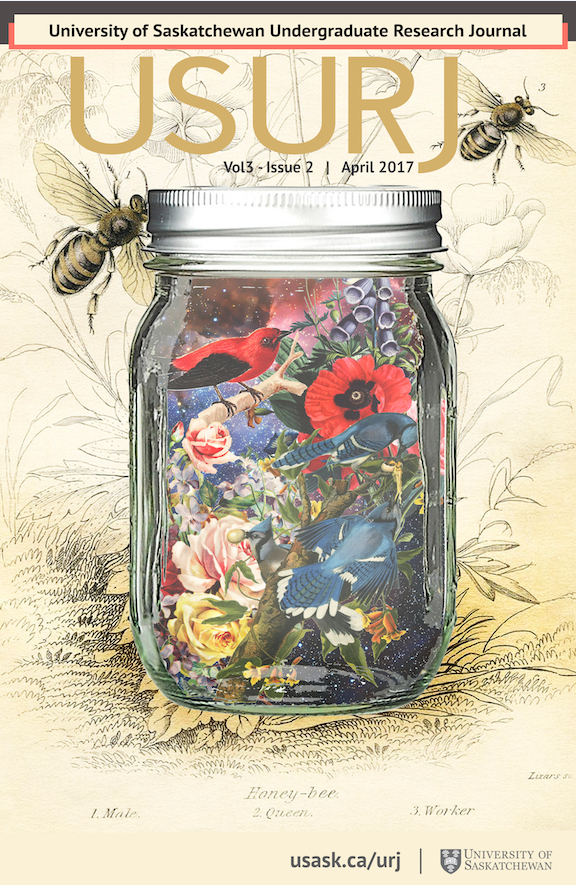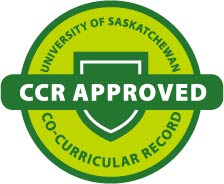Reconciliation as a Woman-Centered Approach to Intimate Partner Violence
DOI:
https://doi.org/10.32396/usurj.v3i2.190Keywords:
Intimate Partner Violence, Reconciliation, Gender, Violence, Cross-CultureAbstract
Intimate partner violence (IPV) is a serious and prevalent issue throughout the world (Devries et al. 2013, 1527). IPV takes place within an intersectional context that includes race, gender, culture, power, and sexuality. The types of actions taken to combat this violence vary greatly between different cultural contexts. The United States and Canada frequently take a law-based approach toward dealing with perpetrators and attempt to assist the victims through various social service sectors. Countries of reconciliation, such as Senegal, Trinidad and Tobago, and Kazakhstan, where individuals wish to keep the issue in the private sphere, often employ an approach aimed at maintaining the family system. Acts of reconciliation as a response to IPV have been deemed as inappropriate and oppressive reactions to the violence perpetuated against the victims (Coker, 2002; London, 1997). However, this criticism neglects the cleawr intersection of IPV responses and cultural contexts, thereby neglecting the autonomy of the woman to choose the response she believes most aligns with her cultural values. Through its emphasis on family, hospitality, respect, as well as religious texts and parables, the Society of Muslim Women (SMW) in Kazakhstan provides an example of a culturally and gender-appropriate reconciliation process. With the example of Kazakhstan, this paper shows that the reconciliation approach can allow the autonomy and cultural values of the female victim to be appreciated.
Downloads
Published
Issue
Section
License
Articles: USURJ’s current Publication Agreements apply a Creative Commons Attribution-NonCommercial License (CC-BY-NC) by default. The CC BY-NC license lets others remix, tweak, and build upon work non-commercially. The author(s) can choose a different CC license, as outlined in https://creativecommons.org/about/cclicenses/. Please see the PDF for each article to determine what license is applied to that article. Author(s) can also request to reserve all copyright (All Rights Reserved). If there is no indication for articles published before September 2020, assume the author retains all rights beyond those necessary for publication by USURJ. All articles published after September 2020 will apply one of the aforementioned CC licenses. See the Publication Agreement under the Submission Preparation Checklist or Author Guidelines for more information. Artwork: All copyright for the original artwork remains with the artist unless they wish to apply a Creative Commons (CC) license to the artwork. Please see the PDF for each artwork to determine what license is applied to that artwork.







